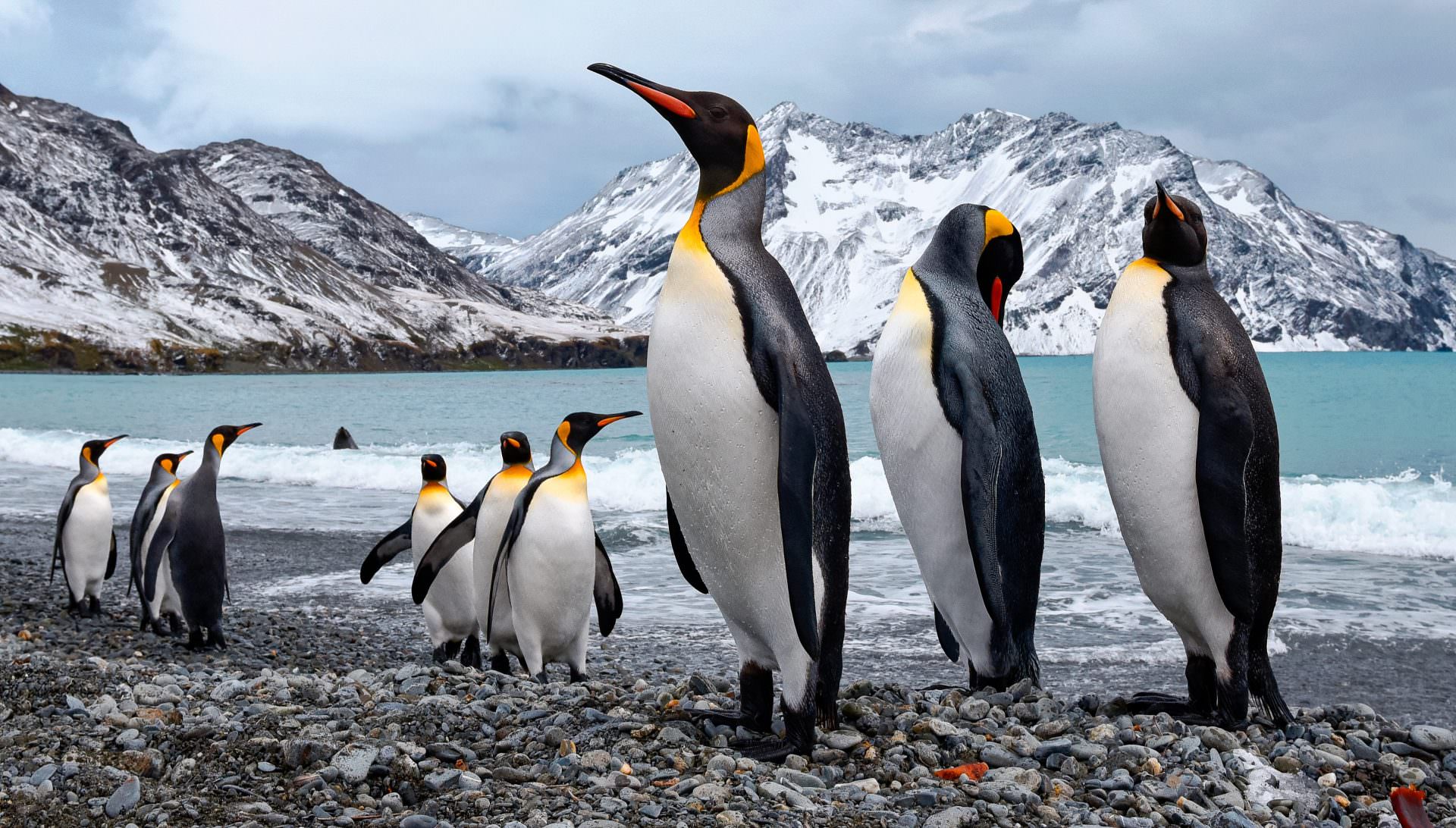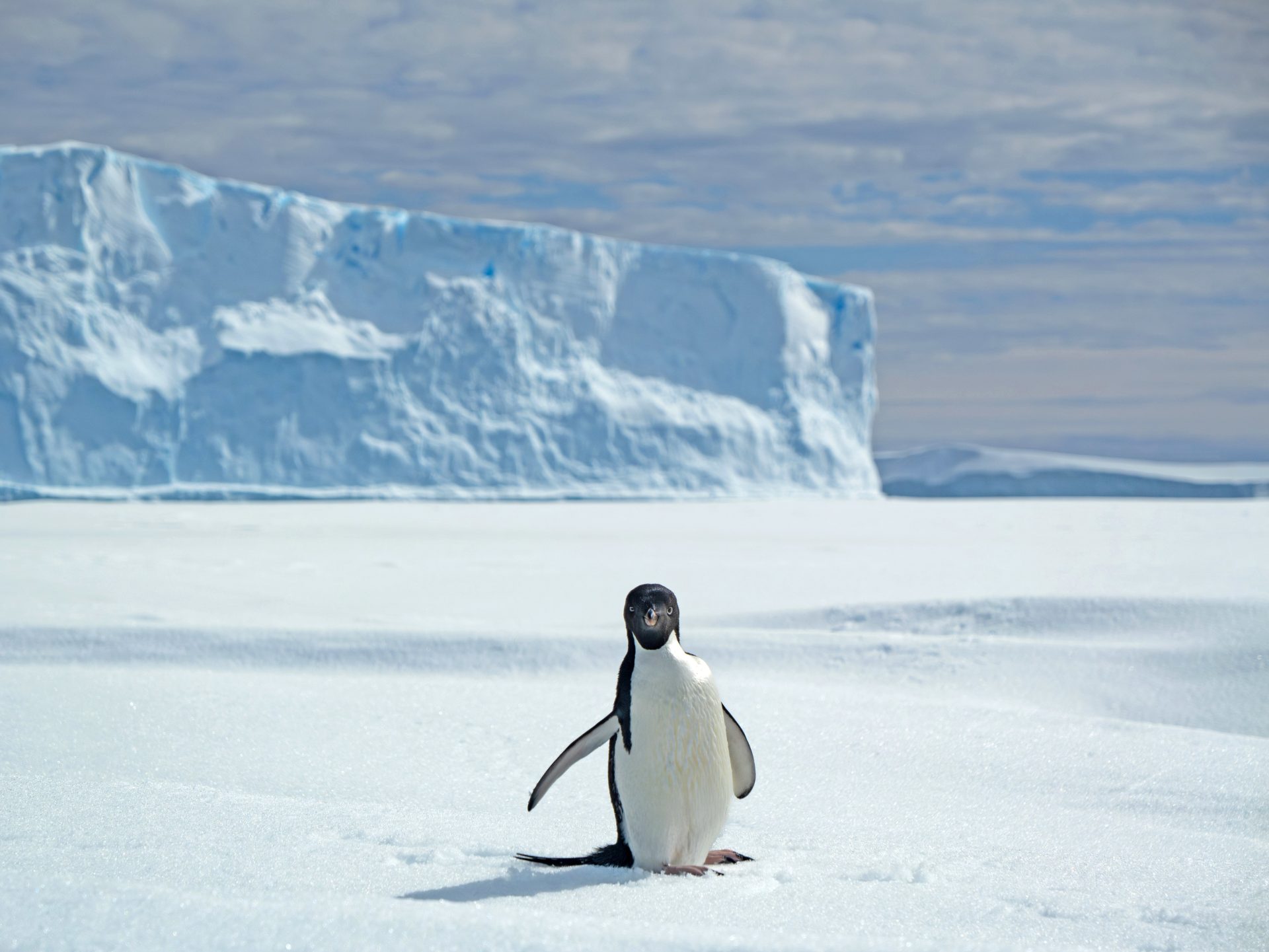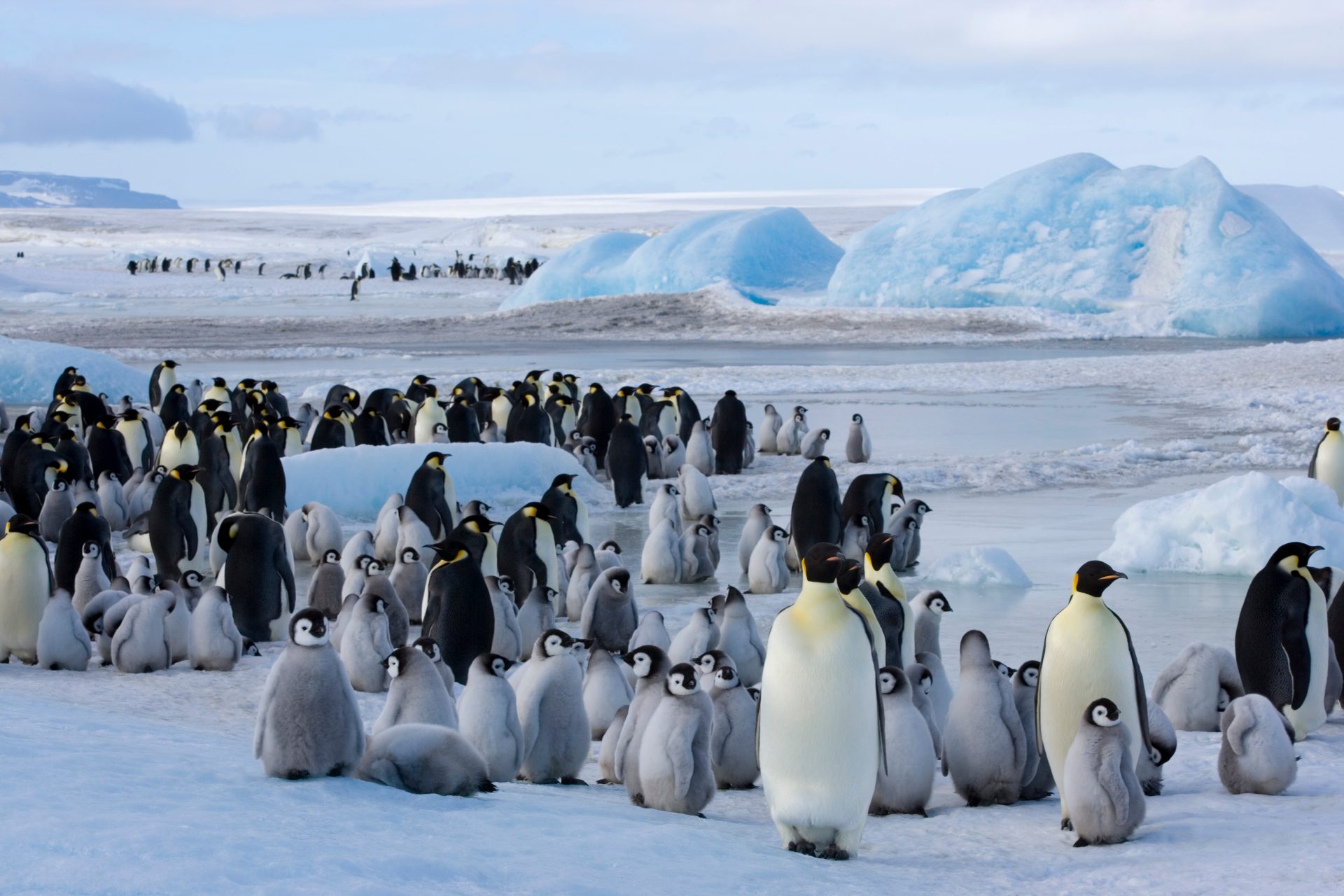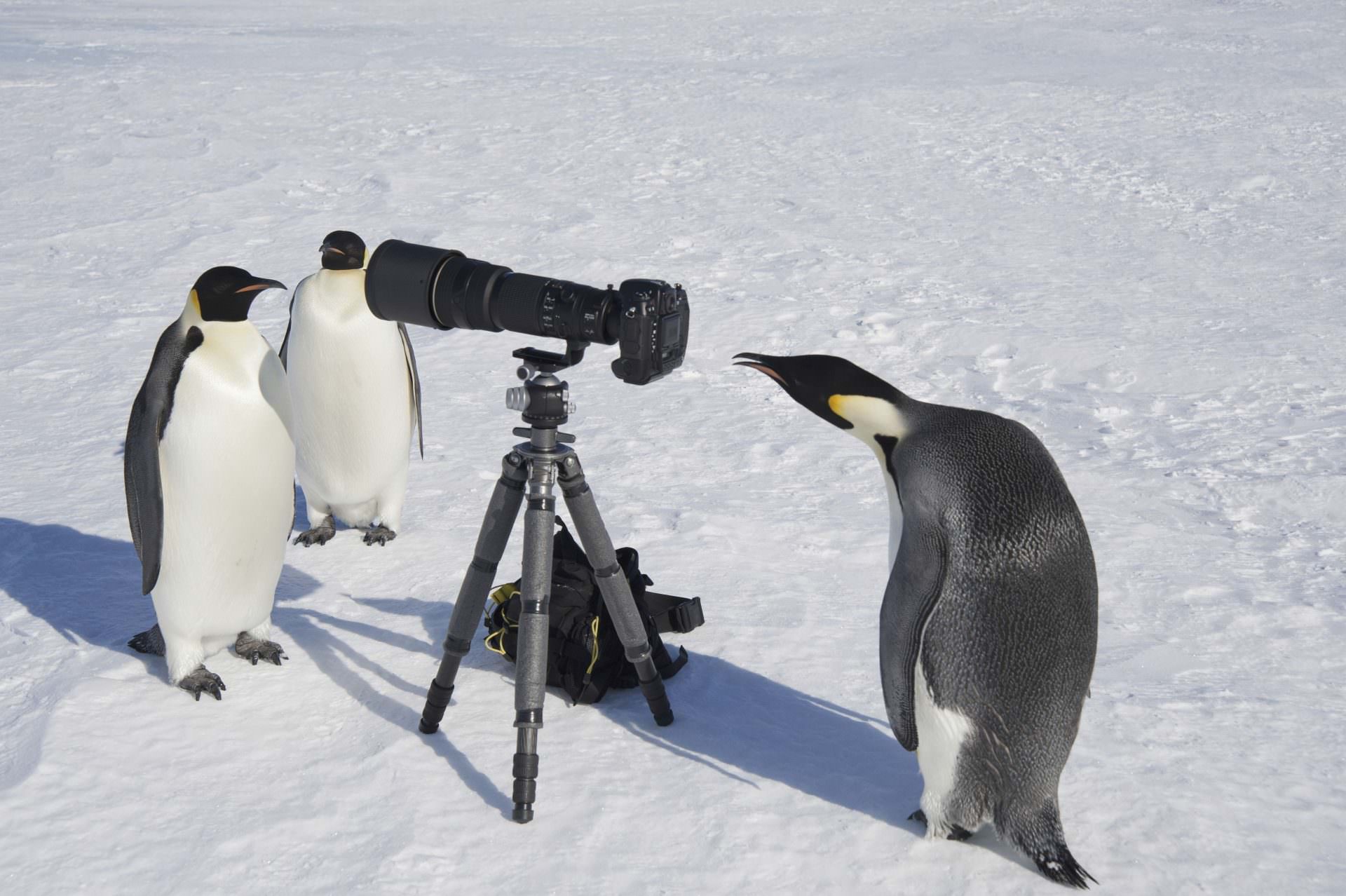
In Search of Penguins
Discover AntarcticaIn Antarctica, it’s the penguins that often steal the show. From the moment you step ashore on your first landing, their presence is unmistakable — a chorus of chattering, a flurry of flippers, and a parade of tuxedoed figures waddling with purpose. But beyond their charm and comedic gait lies a deeper story of resilience, adaptation, and survival in one of the most extreme environments on Earth.
There are several species of penguins found in Antarctica and the surrounding sub-Antarctic islands. On most Antarctic Peninsula voyages, you’re likely to encounter Gentoo, Adelie, and Chinstrap penguins — each with its own distinct characteristics. The Gentoos, recognisable by their bright orange beaks and white head-stripe, are the most curious. Adelies are the classic Antarctic residents — small, energetic, and often busy building nests out of pebbles. Chinstraps, with their thin black facial markings, are bold and boisterous, often vocalising across the rookery in sharp, rasping calls.

Ashore, the experience is surprisingly immersive, observing these incredible birds up close. You’ll see them gathering stones, engaging in elaborate courtship rituals, tending to chicks, or simply standing — stoic against the Antarctic wind. Some may approach you out of curiosity, offering an unfiltered glimpse into their natural behaviour. It’s not uncommon to pause, in awe, as a penguin waddles directly past your boots, utterly unfazed.
But penguin encounters are more than just moments of delight. They are opportunities to learn. Expedition guides and ornithologists accompany each landing, interpreting what you’re seeing and explaining how these birds thrive in such an inhospitable landscape. You’ll learn about their remarkable life cycles — how they fast for weeks while incubating eggs, how they travel hundreds of kilometres at sea to feed, and how climate change is affecting their habitat and breeding success.

The smell of the colonies — pungent and organic — lingers in the air. It’s part of the sensory reality of visiting a rookery, along with the rhythmic sound of waves, the crunch of snow underfoot, and the cacophony of thousands of penguins communicating all at once. These aren’t zoo encounters. This is the real thing: wild, unfiltered, and unscripted.
For many travellers, it’s the eyes that leave the biggest impression — dark, curious, and intelligent. In those brief, eye-level interactions, something passes between species. A flicker of recognition, perhaps. A reminder that this frozen world is very much alive, and that we are merely guests.

The experience of seeing penguins in the wild also raises important questions. About conservation. About human impact. About the fragility of ecosystems that, while remote, are intimately connected to our own. Many guests return home with a renewed sense of purpose — inspired not only by what they saw, but by what it means.
Penguin encounters are a highlight of any Antarctic expedition, but they are more than just a bucket list moment. They are a window into the vibrancy of polar life — and a call to protect the wildness that makes it possible.